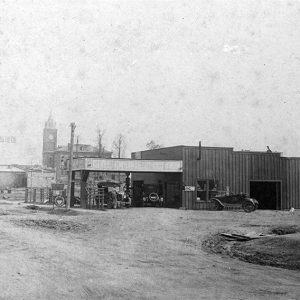 Matthews Garage
Matthews Garage
Entry Type: Place - Starting with M
 Matthews Garage
Matthews Garage
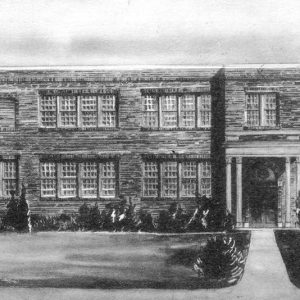 Matthews Hall
Matthews Hall
Mauldin (Montgomery County)
Maumelle (Pulaski County)
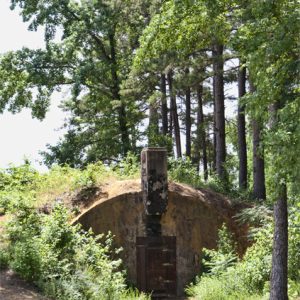 Munitions Storage Facility
Munitions Storage Facility
Maumelle and Little Maumelle Rivers
aka: Lake Maumelle
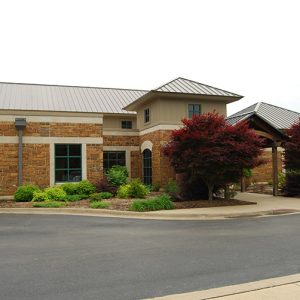 Maumelle Library
Maumelle Library
 Maumelle Veterans Memorial
Maumelle Veterans Memorial
 Maurice Bath House
Maurice Bath House
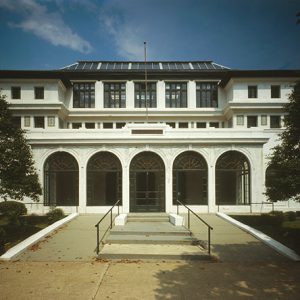 Maurice Bathhouse
Maurice Bathhouse
 Maxie Theatre
Maxie Theatre
 Maxie Theatre
Maxie Theatre
Mayflower (Faulkner County)
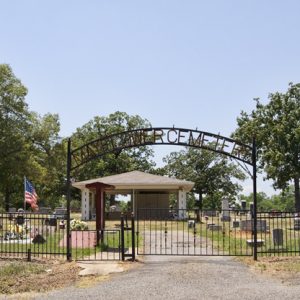 Mayflower Cemetery
Mayflower Cemetery
 Mayflower Library
Mayflower Library
 Mayflower Sign
Mayflower Sign
 Mayflower Tornado Damage, 2014
Mayflower Tornado Damage, 2014
 Mayflower Tornado Damage, 2014
Mayflower Tornado Damage, 2014
Maynard (Randolph County)
Maynard Pioneer Museum and Park
 Maynard Pioneer Museum
Maynard Pioneer Museum
 Maynard Pioneer Museum
Maynard Pioneer Museum
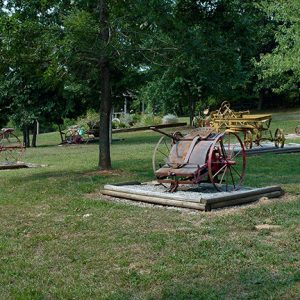 Maynard Pioneer Museum
Maynard Pioneer Museum
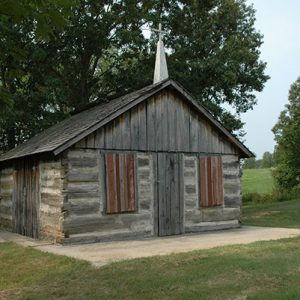 Maynard Pioneer Museum Grounds
Maynard Pioneer Museum Grounds
Maysville (Benton County)
McAlmont (Pulaski County)
McArthur (Desha County)
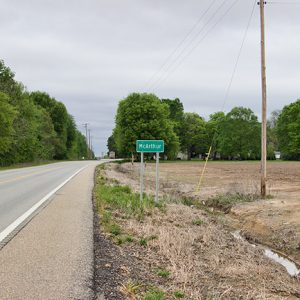 McArthur
McArthur
McCaskill (Hempstead County)
McClard’s Bar-B-Q
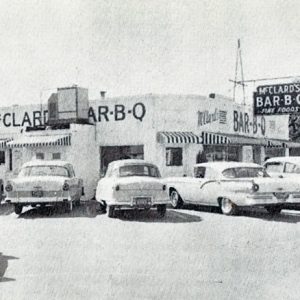 McClard's Bar-B-Q
McClard's Bar-B-Q
 McCollum-Chidester House
McCollum-Chidester House
McCollum-Chidester House Museum
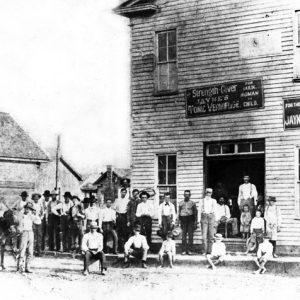 McCracken Drug Store
McCracken Drug Store
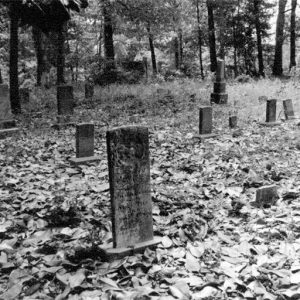 McCraw Cemetery Gravestones
McCraw Cemetery Gravestones
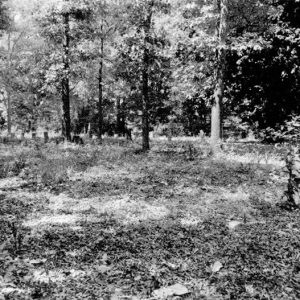 McCrew Cemetery
McCrew Cemetery
McCrory (Woodruff County)
 McCrory Tracks
McCrory Tracks
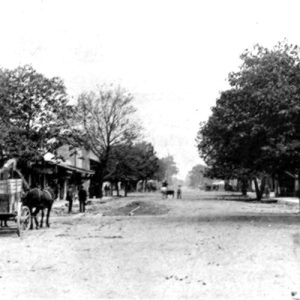 McCrory Street Scene
McCrory Street Scene
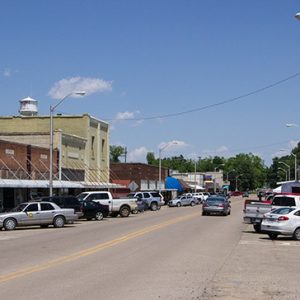 McCrory Street Scene
McCrory Street Scene
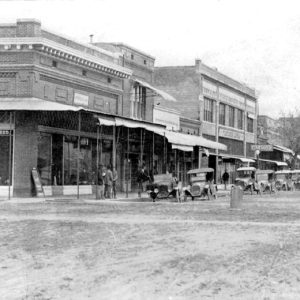 McCrory Street Scene
McCrory Street Scene
 McCrory Street Scene
McCrory Street Scene
 McDonald-Wait-Newton House (a.k.a. Packet House)
McDonald-Wait-Newton House (a.k.a. Packet House)
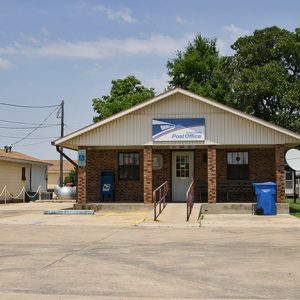 McDougal Post Office
McDougal Post Office
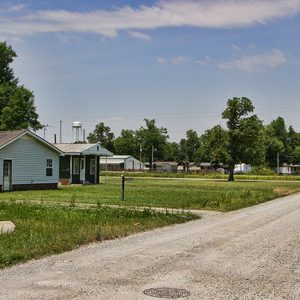 McDougal Street Scene
McDougal Street Scene
McDougal (Clay County)
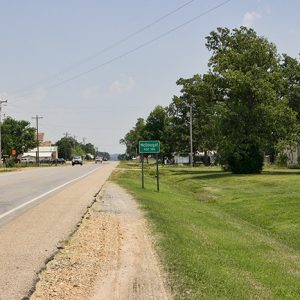 McDougal Street Scene
McDougal Street Scene
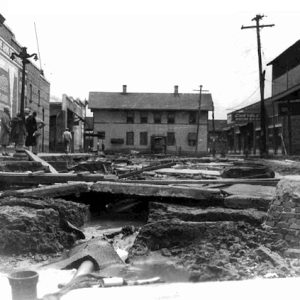 McGehee after 1927 Flood
McGehee after 1927 Flood
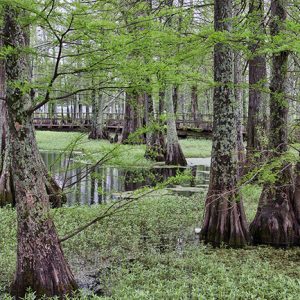 Wiley A. McGehee Park
Wiley A. McGehee Park




